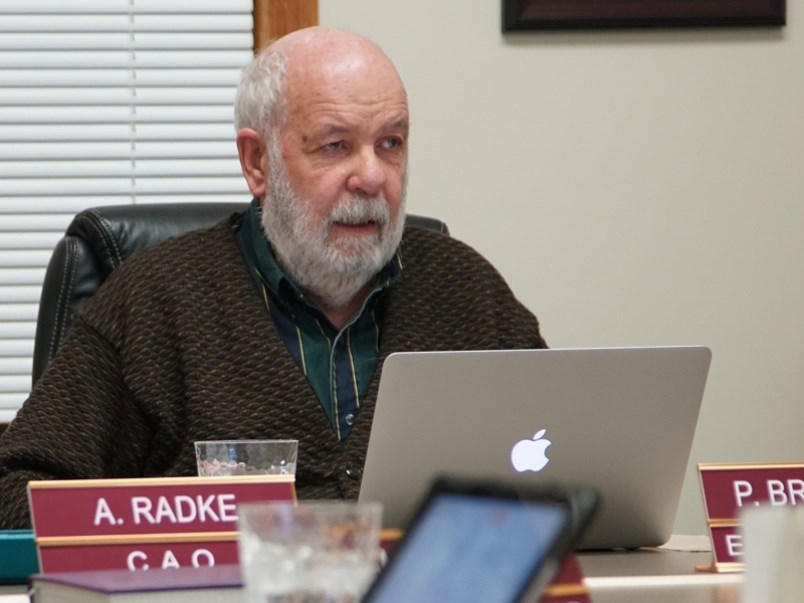qathet Regional District will be going to a business case analysis to review and prioritize all proposed capital and operational projects.
At the May 28 regional district board meeting, directors reviewed a proposal from staff that would have an extensive form filled out to analyze projects coming before the board.
Electoral Area B director Mark Gisborne said he had been giving the matter some thought since the concept was reviewed at the May committee of the whole meeting, and thinking about commentary from Electoral Area D director Sandy McCormick regarding additional staff time involved in the process, which could translate into additional cost.
“I’m not entirely sold on this initiative,” said Gisborne. “This is to create a document to justify and prioritize which projects we pursue. I’m concerned about the additional costs that will be put on staff and ultimately on the taxpayers.”
McCormick said she was also concerned about adding to the administrative process.
“The last thing people want to spend more money on is administration,” said McCormick. “I’d like more information on the costs, so I’m not convinced.”
Electoral Area E director Andrew Fall asked if the process was implemented, would it make sense to do a review of it.
Chief administrative officer (CAO) Al Radke said it made sense to do a review and one of the first opportunities would be after next year’s budget season. He said the business case scenario was being proposed to help guide and inform the regional board about the decision-making processes.
“We could take a step back and evaluate how it performed or how it worked out, or perhaps, how it did not work,” said Radke.
Board chair Patrick Brabazon said he agreed with Fall and the CAO.
“This is new and I think it’s worth a trial,” said Brabazon. “Like all trials, you have to have a scorecard at the end. I would like to proceed.”
City director George Doubt said he supported the initiative. He said it could help the board make decisions about which projects the board might or might not go ahead with, having a dispassionate and professional analysis of the business case to provide directors an extra group of facts to work on when making decisions.
“I would like to see what the costs are for each project,” said Doubt. It’s worth giving it a try and seeing if it can help with our decision making.”
McCormick said she was proposing an amendment to the motion to have staff report back after the next budget cycle regarding the business case analysis.
Gisborne said at the discussion at the committee of the whole, he brought up the matter of social procurement not being part of the business case analysis.
“I was told there is a report coming forward in June, and after the report comes forward, there will be a social procurement policy,” said Gisborne. “We could then review the business case analysis.”
With the motion amendment, that would not happen until after the end of the next budget cycle, he added.
“I don’t really want to wait that long to implement social procurement policies into our business case analysis,” said Gisborne.
He advocated delaying the decision for a month and then the board could have the social procurement policy framework. He said the board could then see how it could implement the social procurement into the business case analysis.
“I’m not saying we don’t move forward, I just want to make sure we really have a robust business case analysis,” said Gisborne. “It needs a bit more work at the committee of the whole level.”
Brabazon said he was reluctant to postpone the matter for a single issue that could be incorporated later on.
The board carried the amendment to review as proposed by McCormick after the next budget cycle and passed the amended motion that the board endorse the use of a business case analysis to assign a rating to all proposed capital and operational projects in order to determine project prioritization within and across services for budget deliberations.



